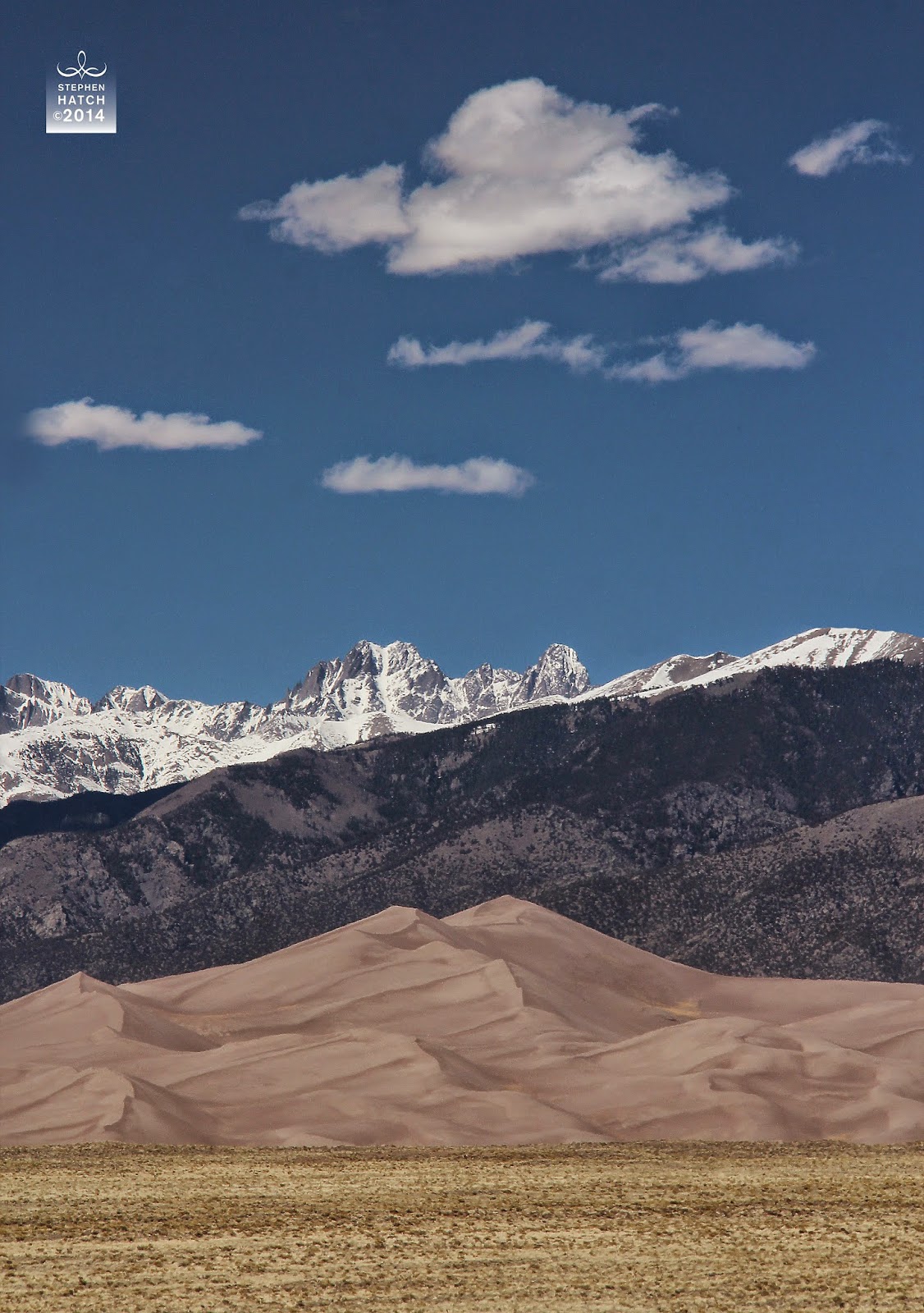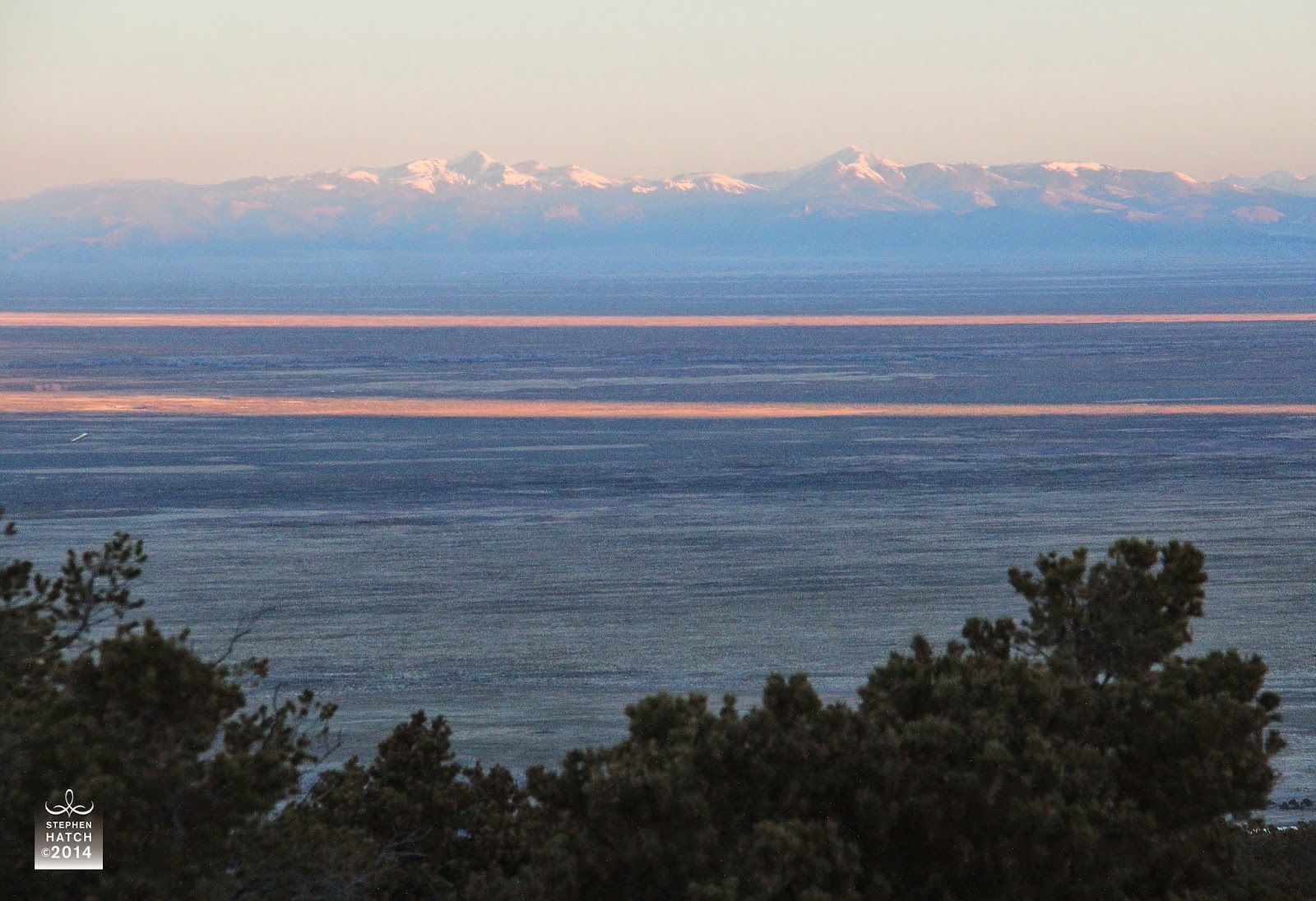In
a post earlier this week, I mentioned identifying with the
Contemplative Spiritual "Invisible Church" tradition of 16th century
Germany. This is a free-flowing path that focuses on the "Inner
Scripture" of the heart, and which seeks to foster this self-awareness
in others. It also contributed directly to the Quaker tradition of the
"Inner Light" dwelling within all things. This path, as a part of
Radical Reformation Christianity, seeks to experience Christ less as an
object of knowledge than as a lens through which we look at the world.
In the case of the Contemplative Spirituals (and of other Christian
mystics), this lens gives to all things an aura of gentle, loving,
radiant warmth - one that serves to melt them all together into One
sacred, transpersonal Reality. It also might be conceived as a
particular way of LISTENING others into greater awareness of their own
inner sacredness.
After I wrote this post, a Facebook friend
asked if perhaps identifying with a particular tradition - even one as
unobtrusive as the Contemplative Spirituals - is actually simply one
more way of "boxing oneself in" to a limited way of being. Why identify
with a tradition at all? his question implied. My friend makes a good
point. After all, Jesus was not a Christian, Gautama Buddha was not a
Buddhist, and Lord Krishna was not a Hindu. I'm reminded here of a
famous quote by Karl Barth, which says: "Doing theology is like trying
to paint a bird in flight." The Divine is constantly fresh and new, and
is continually in the process of growing and evolving within each of us.
How could our Source ever be boxed in?

Yesterday, as I meandered
among the Pasqueflowers springing up from a forest fire burn that
occurred three years ago, I was struck again by the fact that the
unrutted freedom of Wilderness serves as a major lens through which I
perceive the world. Where would I be without Nature? Almost everything
I've learned about the Source comes from wilderness experience, and even
my perception of Christian Mysticism - and of Buddhism, Native American
Spirituality, Taoism, Hinduism, and a half-dozen other meaningful paths
- comes from studying and practicing WHILE IN THE GREAT OUTDOORS. Even
when I'm sitting in my indoor office, the mountain rivers are
circulating through my blood, the air molecules of the Western skies are
breathing through my lungs, and the spirit of the surrounding landscape
- including that of its indigenous peoples - is constantly entering my
pores.
Whenever people ask me "What tradition are you?" I answer
thus: "I am a tree. My roots are composed of the insights of Evangelical
Christianity and of the Quaker faith. My trunk is made up of Christian
Mysticism and of the Contemplative Spiritual tradition. And my branches
and leaves are composed of choice insights and practices from Buddhism,
Native American Spirituality, Taoism, Hinduism, Sufism, Mystical
Judaism, Enneagram Spirituality, Science and Psychology. But most
importantly, the tree which I am exists IN A LANDSCAPE of mountains and
deserts, prairies and marshes, seacoasts and forests. After all, every
possible faith known to humankind is practiced ON A PLANET - on the
Earth, which is continually spinning through space. Every spiritual
classic we read, every religious service we attend, and every act of
service we engage in occurs ON PLANET EARTH. The same could of course be
said of agnostics, atheists and non-theists. "I am an Earthiest,"
desert rat Edward Abbey once wrote when describing his spiritual path.
And the same could be said of EVERY ONE OF US, no matter WHAT faith or
non-faith we practice!

Photos: Pasqueflowers, Hewlett Burn, Roosevelt National Forest, CO, March 18, 2015
















































